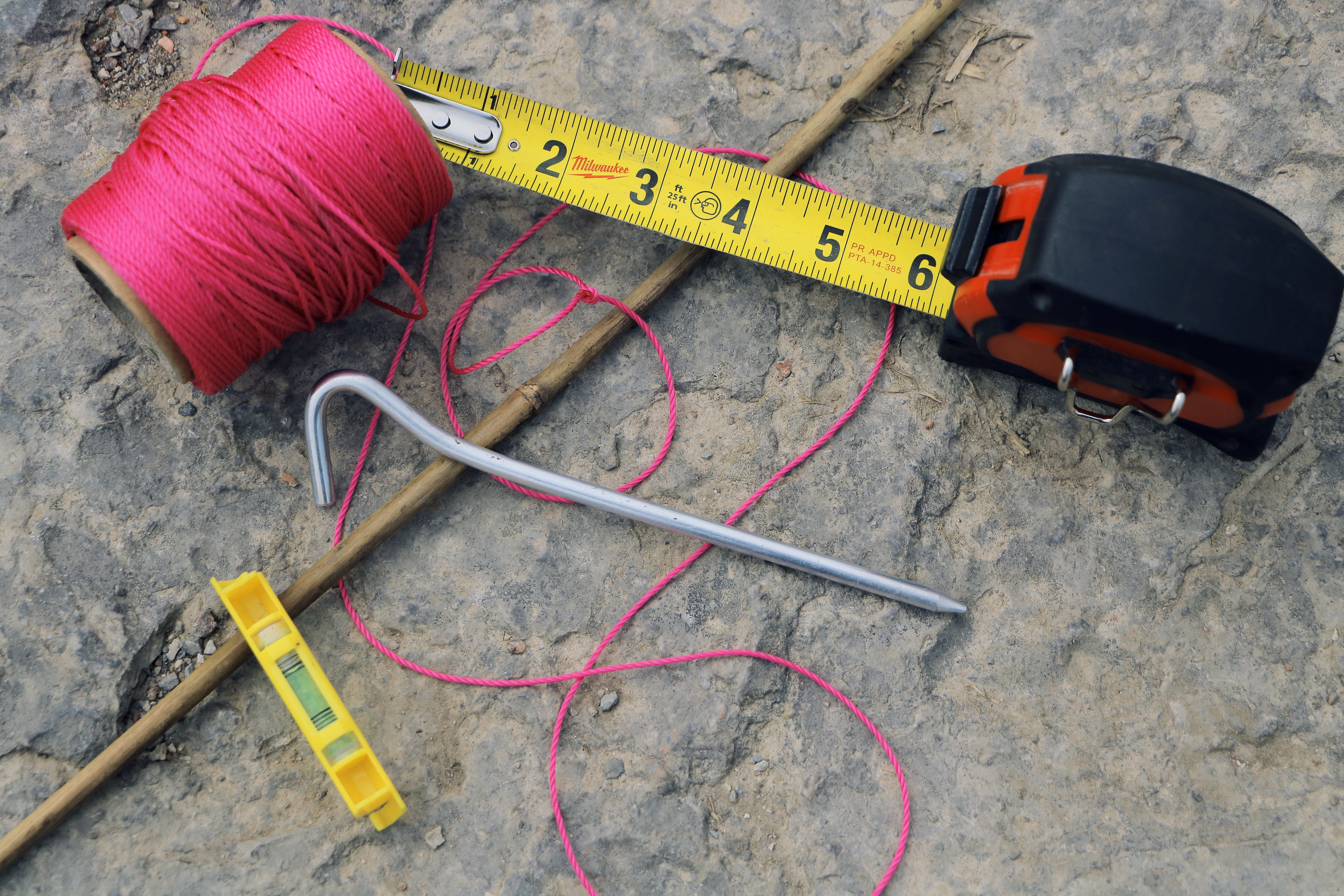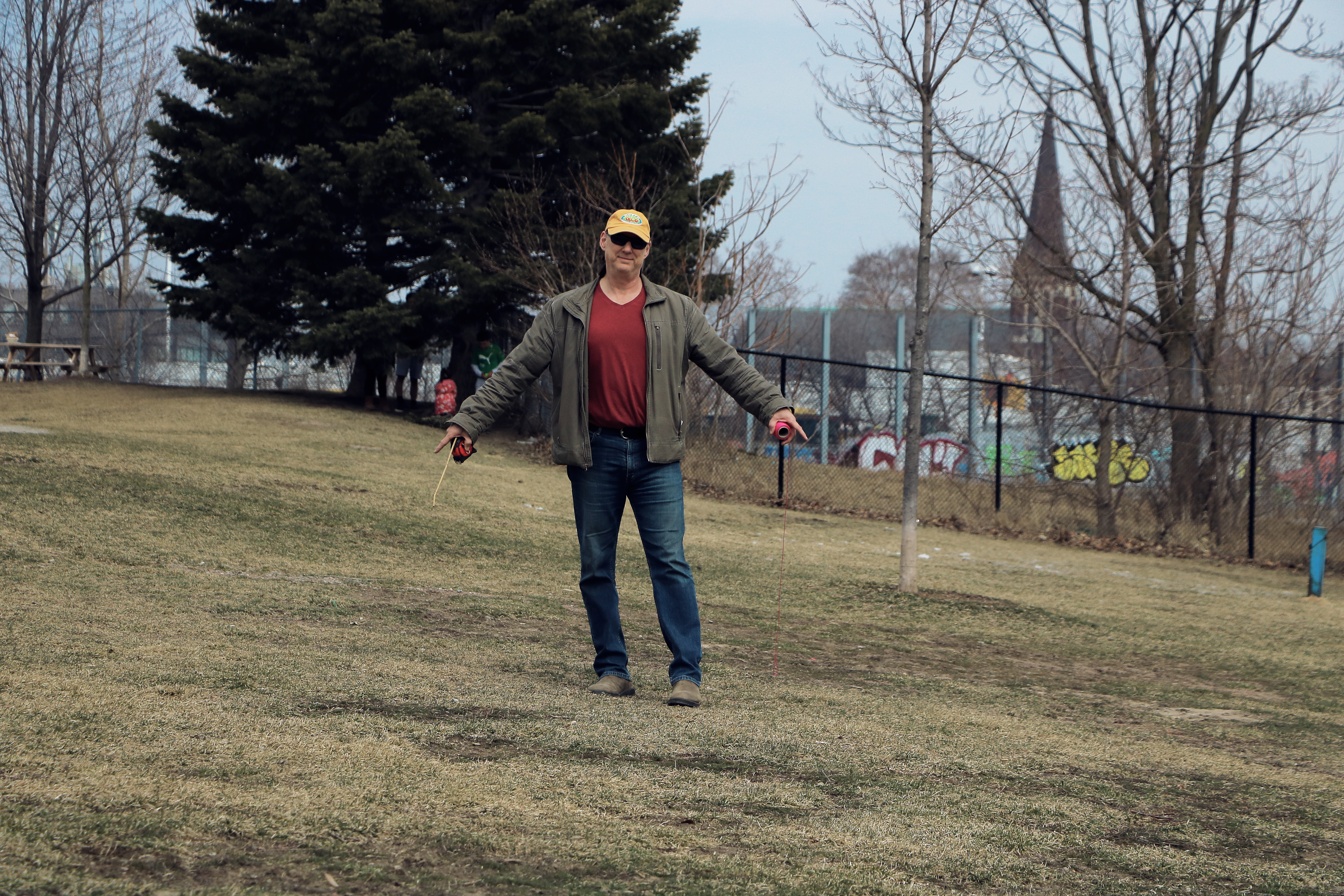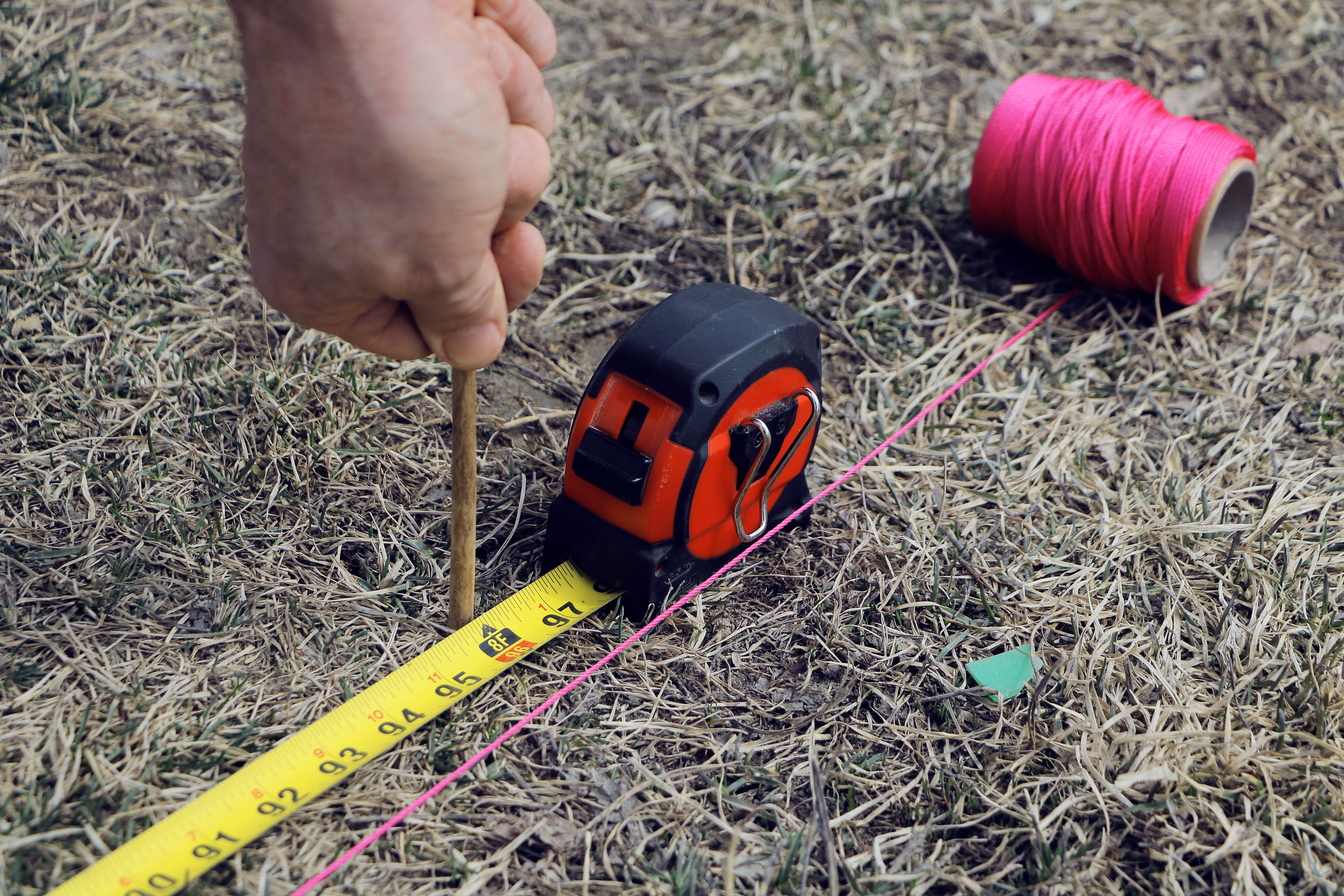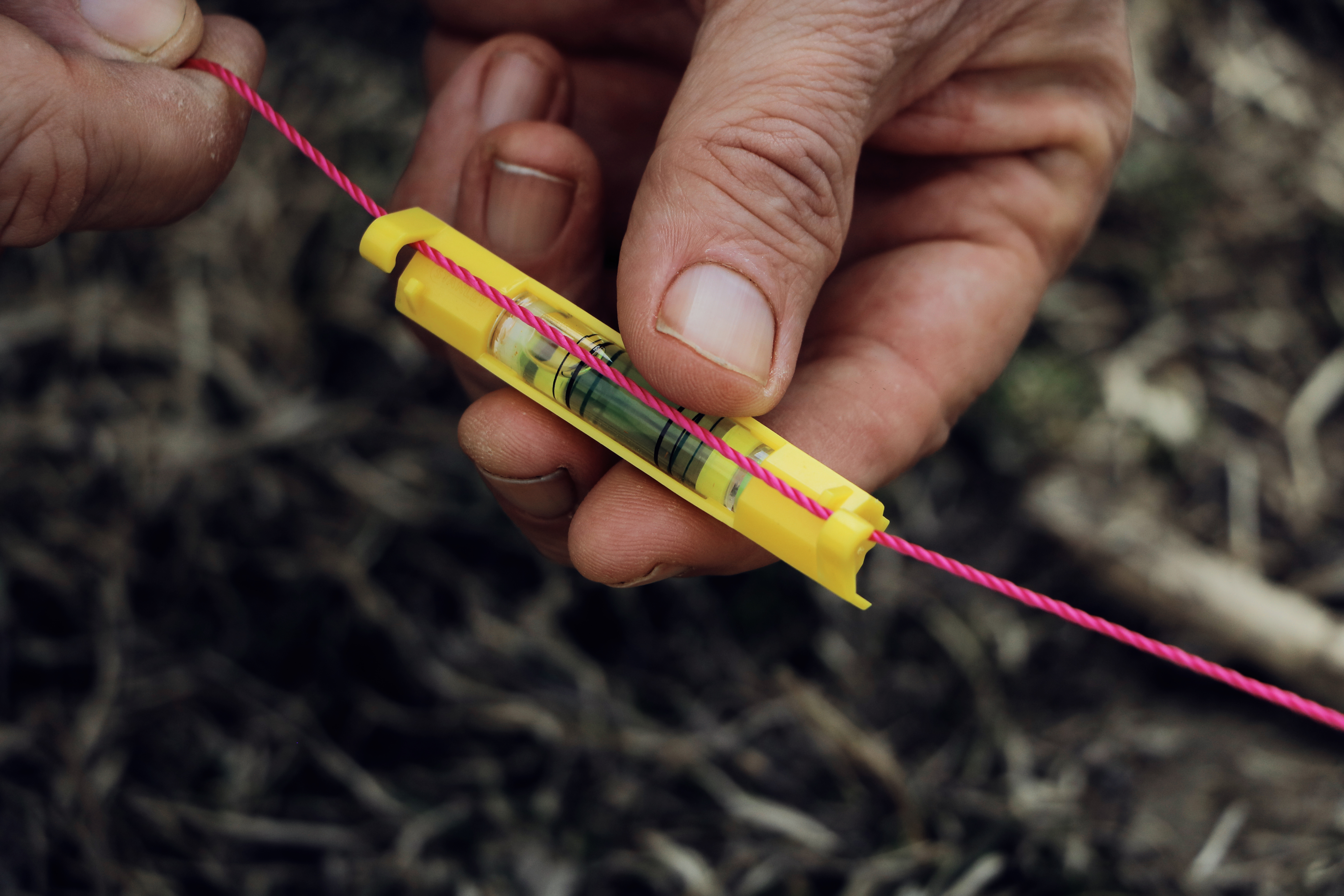Thinking about Raised Garden Beds? Consider Your Grade.
Amongst many factors, the grade, or slope of your yard is an important consideration in determining the height of your raised garden beds.
This time of year, we’re getting loads of inquiries about raised beds, as one would expect when the air starts to smell like spring and Toronto yards are well on their way to a full thaw. Along with the general inquiries come a number of questions, many of which are the same from person to person. What’s the difference between raised bed styles? How long will the beds last? What type of wood do you use? What kind of soil do you recommend? Are your seedlings certified organic? How much sun does the garden need? Can I grow this or that?
All good questions, many of which have been or will be addressed in other BUFCO Blog posts. For today, though, let’s address this one: How tall should my raised beds be?
Bed height depends on a number of different factors. How tall (or short) are the people using the garden? Tall people might want a taller bed to help reduce bending a bit more. Shorter people might want a shorter bed so tall plants are easier to reach.
What is the native (existing) soil like in your yard? A taller bed is a great benefit when installed on top of nutrient deficient or heavily compacted soil. If the native soil is healthy, with a nice loamy texture – rich and fluffy – you can get away with a shallower bed.
What plants are you growing? If you’re planning on years of tall tomatoes and trellised vertical growers such as pole beans, peas, and cucumbers, you’ll have to factor in the height of the plants and how you are going to access them at harvest time. We grow peas in tall beds in the alley next to our garage – our neighbourhood demonstration garden. Inevitably, come harvest time, out comes the ladder, the only way we can reach that otherwise unreachable food.

One of the most important considerations is the grade, or slope, of the raised bed installation site. All yards are graded – or should be – down and away from the house so rainwater flows away from the foundation, minimizing the chances of water damage. Usually, yards with a consistent, gentle grade don’t really require an extra tall raised bed. However, steeper grades will.
When we install raised beds for clients, we make sure the beds are level to the horizon. For one reason, they look much better than if the bed is just plunked down on top of the ground, slope be damned. For another reason, if the garden bed isn’t level, then you run the risk of having freshly sown seed wash away in a heavy rain, or plant roots being exposed due to soil erosion. So it is well worth the effort to level the bed into the grade.
You’ll only be leveling the footprint of the bed walls, where the bed walls touch the ground. You don’t need to level the footprint of the entire bed, unless you want to get rid of the native soil, say if it’s super compacted, or devoid of nutritional elements.
 |
 |
| In the left photo, two BUFCO Square Post beds lose a significant amount of bed height to the grade of this front yard installation, but the homeowner didn’t want the beds any taller on the exposed end. In the photo on the right, the homeowner decided to have extra height added due to the grade, plus the fact that the gardener is over six feet tall and wanted to bend a bit less when tending the garden. | |
So how do you determine if your yard is sloped or flat? The easy answer is “measure your grade”.
HOW TO MEASURE YOUR GRADE
Let’s make a few assumptions – that you’ve chosen your installation site, that you’ll be installing a 4’ x 8’ bed, and that you can see there’s a grade to the area. Finally, let’s assume you want to install the bed with the length – the 8-foot wall – along the slope. It’ll look something like this before and after diagram:

Basically, you’re going to use a piece of string, with a line level hanging on it, to figure out the different between the high part of the grade and the low part of the grade, across the eight-foot span where your bed is going to sit.
What You’ll Need

A few inexpensive and easy-to-find elements are all you’ll require. You may already have some or all of them on hand.
- A length of string – 10-12 feet should be fine, assuming you’re installing an eight-foot long bed.
- Tent peg or other stick to push into the ground
- Taller stake (bamboo is good) usually no more than 24” is fine.
- A tape measure one with a locking mechanism will make this process a bit easier.
- A line level, also known as a string level, about five bucks at a hardware store. Line levels are small, lightweight levels that have two little hooks so they can be hung from a string.
Step 0: Don’t “Eyeball” It
I used to eyeball it. “Oh, that looks like four or five inches.” Nine times out of ten, I would underestimate, and when we installed the bed, it was at least a few inches more. So, unless the space is flat, step zero is don’t “eyeball” it.

Step by Step
1. Assuming your garden bed is 4′ x 8′, use your measuring tape to measure out the eight-foot length or four-foot width of your garden bed, depending on how you want the bed aligned. Lay the tape on the ground.
2. Insert the tent peg at the HIGH end of the grade, and tie the string to it. Push the peg right into the ground so the string touches the top of the soil (or the base of the grass)
 |
 |
3. Now take the string down to the other end of the tape measure. Push the tall stake into the ground at the 8-foot mark. This marks where the bed ends.
4. Now that both ends of the bed are marked, retrieve the tape measure.
 |
 |
5. Position yourself and the bottom of the grade, next to the tall stake, and hang the line level on the string.
6. Raise and lower the string until the air bubble in the level is right in the middle. The string is now level to the horizon.
7. Using the tape measure, note the distance between the top of the soil and the string. The number at the string line is the differential between the highest part of the grade and the lowest part of the grade over the 8-foot length of your garden bed.

It can sometimes be tricky to hold the string just so in one hand, and the extended tape measure in the other hand while trying to get an accurate reading. If that’s the case, you can tie the string to the bamboo stake in the exact level position. Or you can draw a line with a marker on the stake at the exact level position. Now you’ve got both hands available to manipulate the tape measure. Either way, make sure the string is level. And it never hurts to measure twice.
Here’s another option
Get yourself an eight-foot length of 2”x4” wood. Make sure it’s straight and true, otherwise it could mess up your measurements. Tape a level onto the 2×4, and place the 2×4 along the 8’ path where you’re going to install your bed. Let one end of the 2×4 rest on the highest point on the install area. Lift the other end – the low end – until the bubble in the level is centred. Use your measuring tape to measure the distance from ground to the bottom of the 2×4. That’s the grade over the 8’ install area, the difference between the high ground and the low ground over the length your eight-foot long bed.
Assessing your Results
Now that you know your grade, it’s time for some simple math. You can see in the photos and diagrams that the grade along the eight-foot length of the bed is 9 inches. That means, at the high end of the grade, the bed walls will be buried 9 inches into the ground, and the low end of the bed will be “at grade” – sitting basically on top of the ground, not buried at all.
So you’re going to lose 9 inches of bed height to the grade. If you were planning on installing a 16 inch tall bed, it’ll be 16 inches tall at the low end, but only seven inches tall at the high end – 9 inches below grade, and seven above grade. With so much of the bed buried, you may want to consider a taller bed. If you move to a 24-inch tall bed, you’ll have all that height exposed at the low end, and a pretty comfy 15 inches exposed at the high end.
A 16 inch tall bed can deal with a two to three inch grade quite nicely. Once you start getting steeper than that, you might want to consider a taller bed. If you stick with the 16 inch bed on a significant grade, you’ll still get most of the benefits of a raised bed, but you will be sacrificing some of the above-ground height that helps to bring the garden up to you.
Options to overcome a sloped installation site include taller beds to compensate for the grade, turning the bed 90 degrees so that the 4’ wall runs along the grade, which will cut the height of the grade basically in half; or live with less exposed height at the top of the grade.
And there you have it. In the end, the choice is yours. There are still a lot of important considerations to make before you install your raised beds, but now that you can measure your grade accurately, you’ve taken care of one of the big ones.